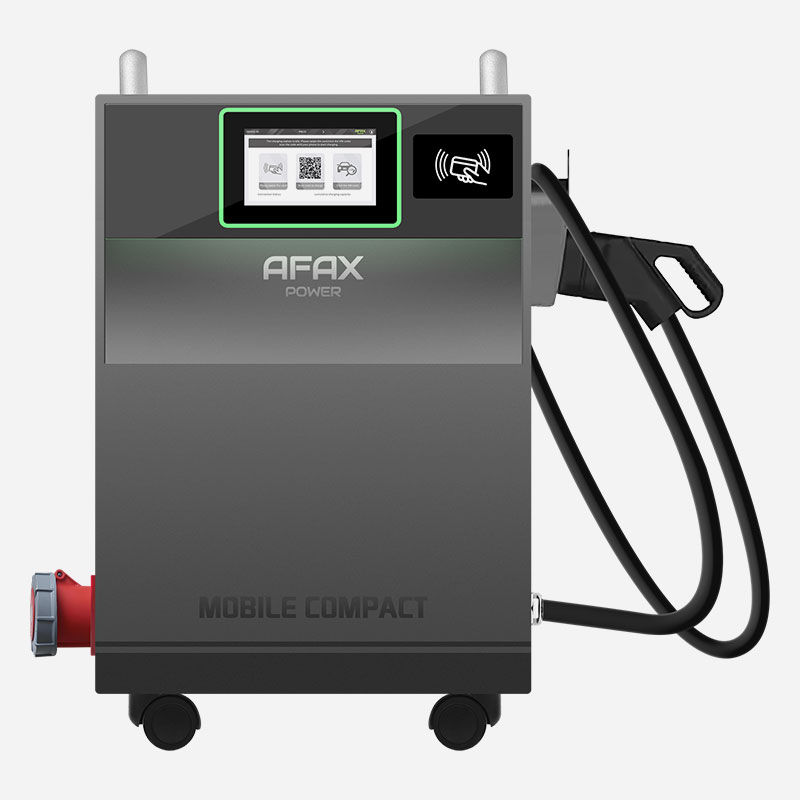Correcting The Record About Electric Vehicle Sales
- Terry Law
- Jul 26, 2024
- 2 min read
EV sales are growing year over year and 2023 continues that trend. In the last few years, electric vehicles have taken off in the consumer market; however, there has been some recent public discourse about sales, with claims that the industry is declining. Before these misconceptions sow more seeds of doubt, let’s set the record straight.
EV sales are experiencing a decline in absolute numbers.
Reality: Electric vehicle sales have been growing year over year, with more and more automakers entering the market and consumers showing increasing interest in sustainable mobility. While EV sales may experience fluctuations in certain regions or specific time frames, data from Argonne National Laboratory show the overall trend is continued growth.

There’s a lack of charging infrastructure.
Most EV drivers meet their daily driving range requirements by charging their vehicles where they park most often—overnight at home or during the day at work. On top of that, there are over 60,000 public charging station locations with over 160,000 public charging ports currently available. The Biden Administration has set a goal to build a national network of 500,000 charging ports along highways and in communities by 2030. To support private sector efforts, the Biden administration invested $7.5 billion through the Bipartisan Infrastructure Law to build out a convenient, reliable national network, ensuring chargers are working when drivers need them by requiring 97 percent uptime. Moreover, technological advancements across the industry are reducing charging times, making EVs even more appealing to potential buyers.
Consumer interest is waning.
Consumer interest in electric vehicles has been steadily increasing, driven by various factors such as environmental consciousness, government incentives, advancements in battery technology that improve range, and a growing charging infrastructure. According to a survey done by JD Power, of June 2023, 63% of consumers are considering an EV, compared to 57% in 2021. Major automobile manufacturers have recognized this shift and are investing heavily in electric vehicles to meet the surge in demand.
EVs are not affordable enough to compete with traditional combustion vehicles.
There are many EV models that have a lower total cost of ownership than conventional vehicles, especially when considering lower maintenance and fuel costs. In June of 2023, purchase prices for new electric vehicles were down almost 20% from the year prior. The decreasing cost of battery production and the availability of federal tax incentives and state and utility incentives are also making electric vehicles more affordable.
While challenges do exist, the trajectory of electric vehicles remains positive. As governments, automakers, and consumers continue to prioritize sustainability, we can expect electric vehicles to become an even more integral part of our transportation landscape.





Comments